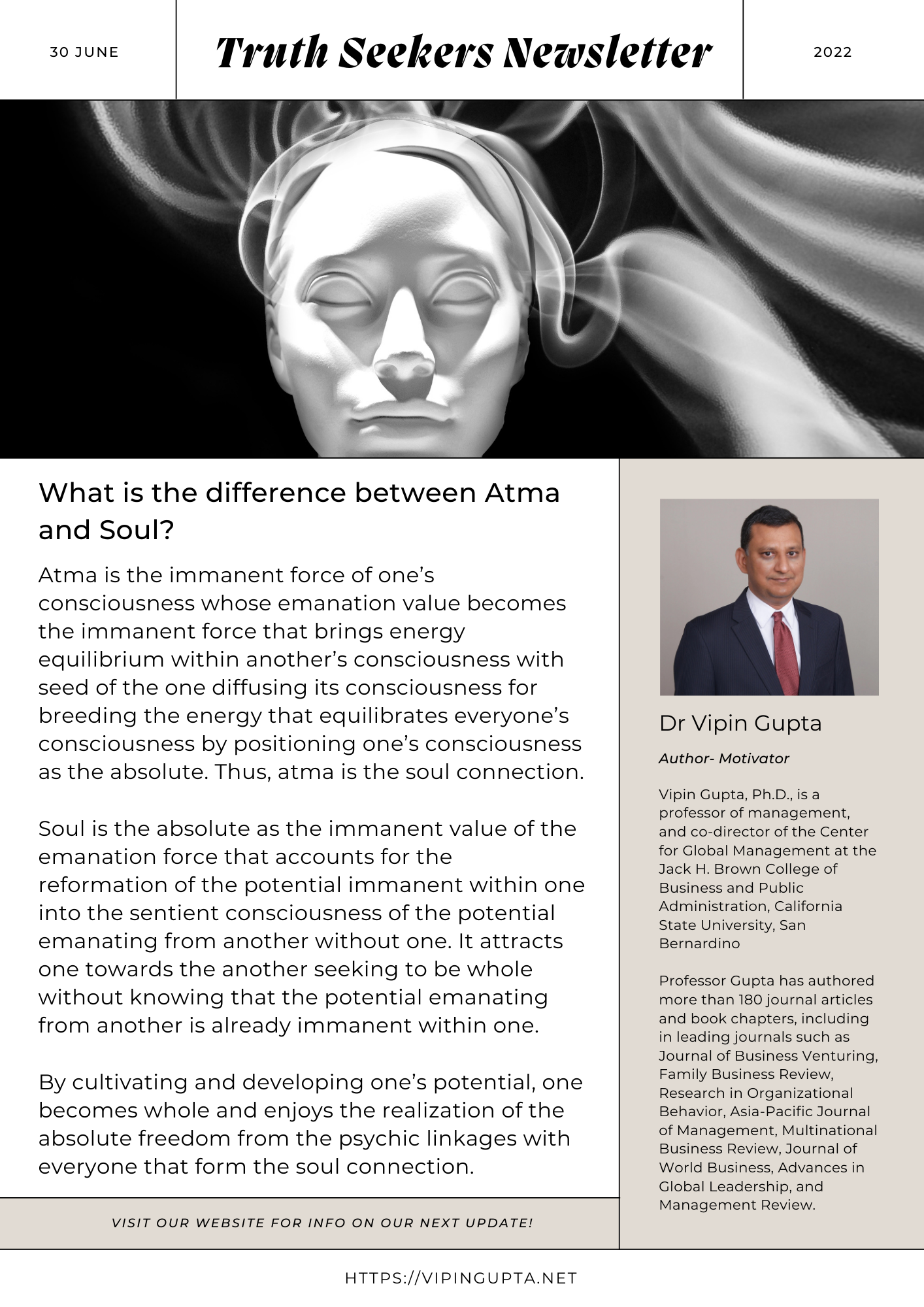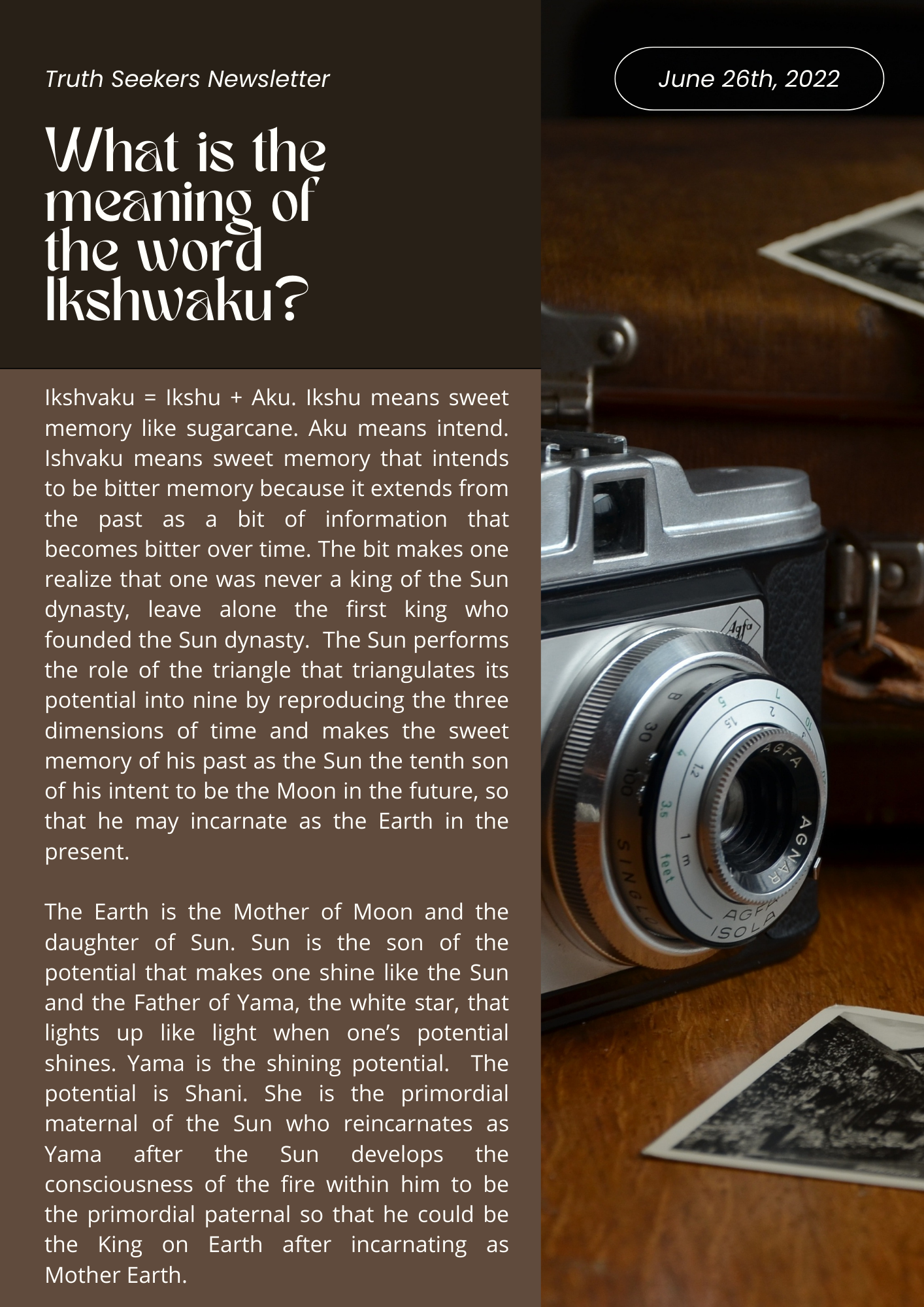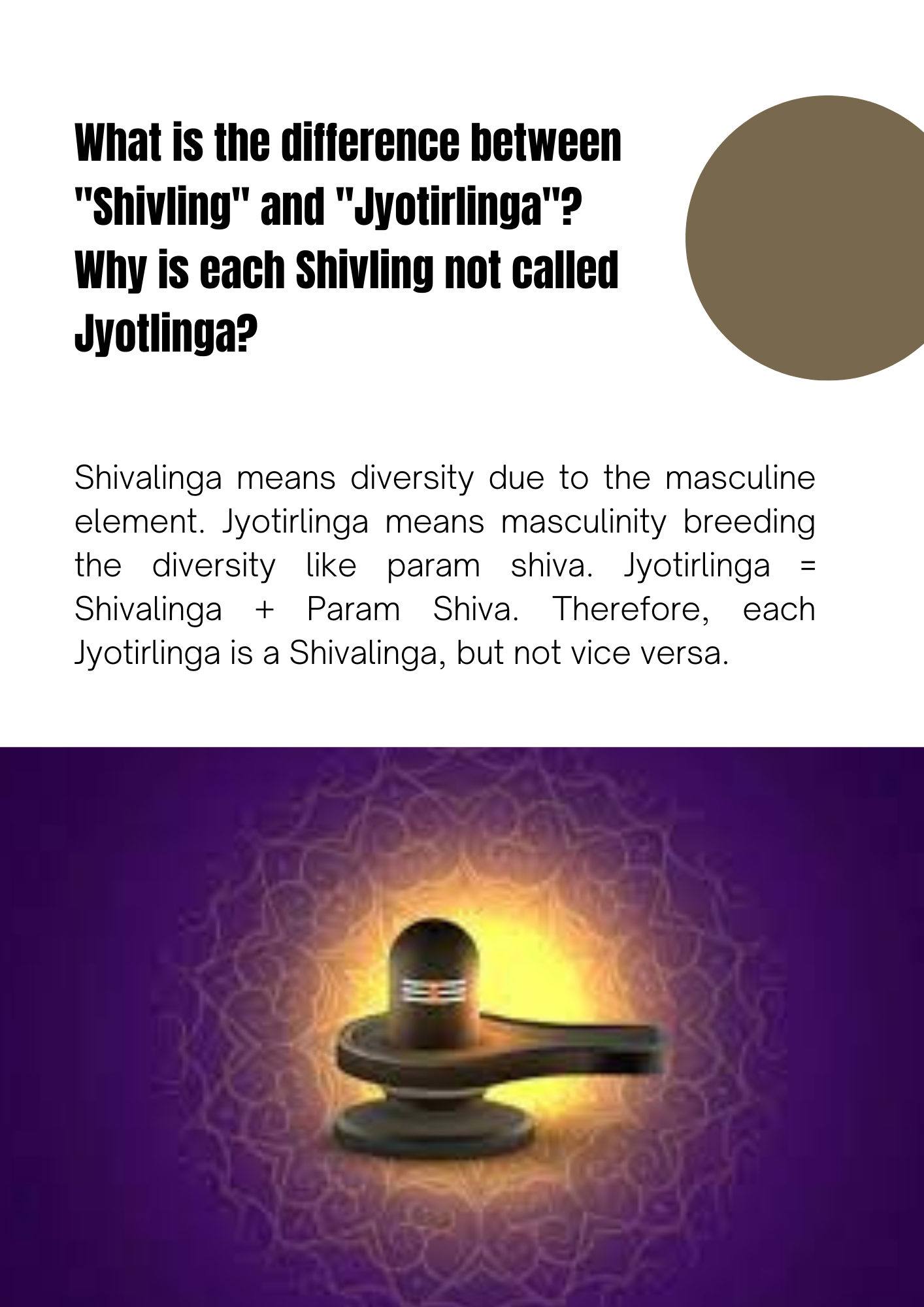South America was named pataka loka, because the geography of South America perpetuates the inertia
of individuality devoid of the dynamism of collectivity. Before Europeans occupied South America in
modern times, the people in South America kept following the practices they inherited from the past
virtually with no change.
Africa was named Atala loka, because the geography of Africa promotes retentivity of the dynamism of
the collectivity within the inertia of individuality of each group that migrated at different times from
different geographies, making Africa highly diverse and leading to the scientific theory that Africa is the
origin of life.
North America was named Sutala loka, because the geography of North America promotes adjacency
with the wheel of time that dissolves the dynamism of the collectivity into an individual like a melting-
pot without the inertia of the individuality of each group. It lets each individual behave like a
multicellular organism, with each cell filled with the dynamism of a distinct collectivity whose parts
immigrate for intermingling with the whole geography and make the geography wholesome.
South America was named pataka loka, because the geography of South America perpetuates the inertia
of individuality devoid of the dynamism of collectivity. Before Europeans occupied South America in
modern times, the people in South America kept following the practices they inherited from the past
virtually with no change.
Africa was named Atala loka, because the geography of Africa promotes retentivity of the dynamism of
the collectivity within the inertia of individuality of each group that migrated at different times from
different geographies, making Africa highly diverse and leading to the scientific theory that Africa is the
origin of life.
North America was named Sutala loka, because the geography of North America promotes adjacency
with the wheel of time that dissolves the dynamism of the collectivity into an individual like a melting-
pot without the inertia of the individuality of each group. It lets each individual behave like a
multicellular organism, with each cell filled with the dynamism of a distinct collectivity whose parts
immigrate for intermingling with the whole geography and make the geography wholesome.
Finally, Asia was named Rasatala loka, because its geography makes one perceptive about one’s
subjective reality guided by the wheel of space. It makes one discern the influence the space has over
time on one’s dynamism due to the energy diffused by the collective with their thermodynamic entropy
and how it leads to one’s inertia by breeding the consciousness that one is a deity blessed by the
transcendental to enjoy the para deity (God) as an immanent element. Therefore, the undivided Asia
has been the geography where we had infinite sentient entities (siddha) who have blessed us with their
infinite knowing that now forms part of different languages and cultural systems.
Over time the geography of Asia got divided and integrated with other geographies, differentiating
Eastern Asia (Nitala loka), Southern Asia (Indra Loka), Western Asia (Go loka), Antarctica (Mrityu/ Nirrti
loka), Pacific Islands (Zealandia; Sri Loka/ Agni loka), Polar Europe (Bhu loka), and thus necessitating the
expansion of the seven classes of continental lokas by adding six more and an additional seven classes of
ocean lokas to a total of twenty. The ocean lokas are: Satya Loka (Southern Ocean), Tapo Loka (South
Pacific Ocean), Jana or Deva Loka (Indian Ocean), Mahar Loka (North Atlantic Ocean), Svarga Loka (Arctic
Ocean), Bhuvar / Pitru Loka (North Pacific Ocean/ Pacific Ocean), and Brahma or Bhuva Loka (South
Atlantic Ocean). All the twenty lokas are situated within a 21 st loka, the eighth ocean, Hidden Ocean
(Madhya/ Adi loka).







 Dr. Gupta traces the journey of a cell, its origins in an atom, its transformation into energy, and how energy norms the potential of divinity within each person.
Dr. Gupta traces the journey of a cell, its origins in an atom, its transformation into energy, and how energy norms the potential of divinity within each person.